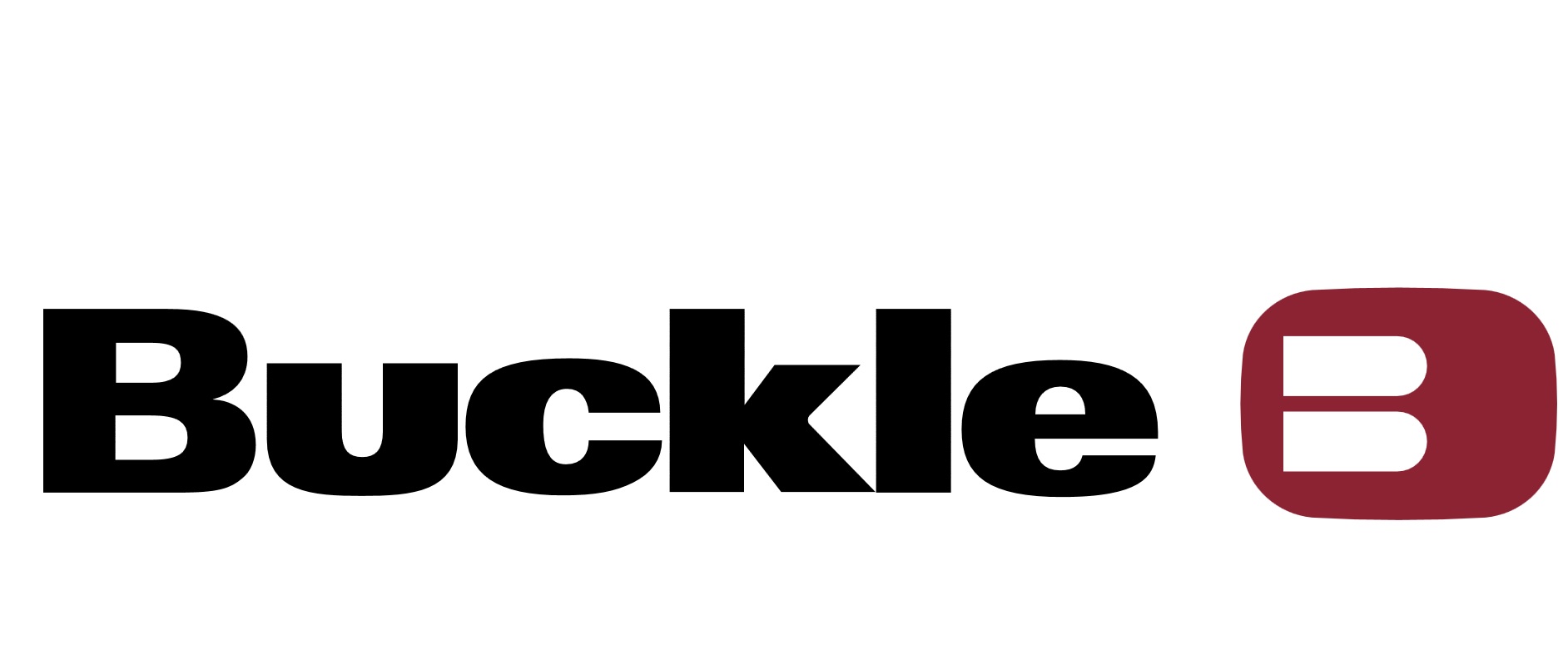- Earnings Per Share (EPS) of $0.89, surpassing estimates and indicating efficient profit generation.
- Revenue of approximately $305.7 million, slightly below estimates, raising concerns about sales performance.
- Financial ratios such as a Price-to-Earnings (P/E) ratio of 14.40 and a debt-to-equity ratio of 0.83 highlight the company’s market valuation and financial stability.
The Buckle, Inc. (NYSE:BKE) is a prominent retailer headquartered in Kearney, Nebraska, specializing in casual apparel, footwear, and accessories. It operates numerous stores across the United States, competing with other retail giants in the fashion industry. On August 22, 2025, BKE reported its Q2 earnings, showcasing its financial performance.
BKE reported earnings per share (EPS) of $0.89, surpassing the estimated $0.86. This indicates the company’s ability to generate profit for each share of stock, which is a positive sign for investors. Despite this, the company generated a revenue of approximately $305.7 million, slightly below the estimated $308.5 million. This shortfall in revenue might concern some investors, but the higher EPS suggests efficient cost management.
During the Q2 2025 earnings conference call, key company participants, including Adam J. Akerson, provided insights into BKE’s financial performance and strategic direction. The call highlighted the company’s net income, which is crucial for understanding its profitability and operational efficiency. Investors and stakeholders closely monitor these metrics to gauge the company’s financial health.
BKE’s financial ratios offer a deeper understanding of its market valuation and financial stability. With a price-to-earnings (P/E) ratio of approximately 14.40, the market values the company’s earnings favorably. The price-to-sales ratio of about 2.34 and the enterprise value to sales ratio of around 2.42 reflect the company’s market value relative to its sales and revenue. These ratios are essential for investors assessing the company’s valuation.
The company’s financial stability is further supported by its debt-to-equity ratio of approximately 0.83, indicating a balanced leverage level. The current ratio of around 2.09 suggests BKE’s ability to cover short-term liabilities with its short-term assets. These metrics, along with an earnings yield of about 6.95%, provide a comprehensive view of BKE’s financial position and potential return on investment.




